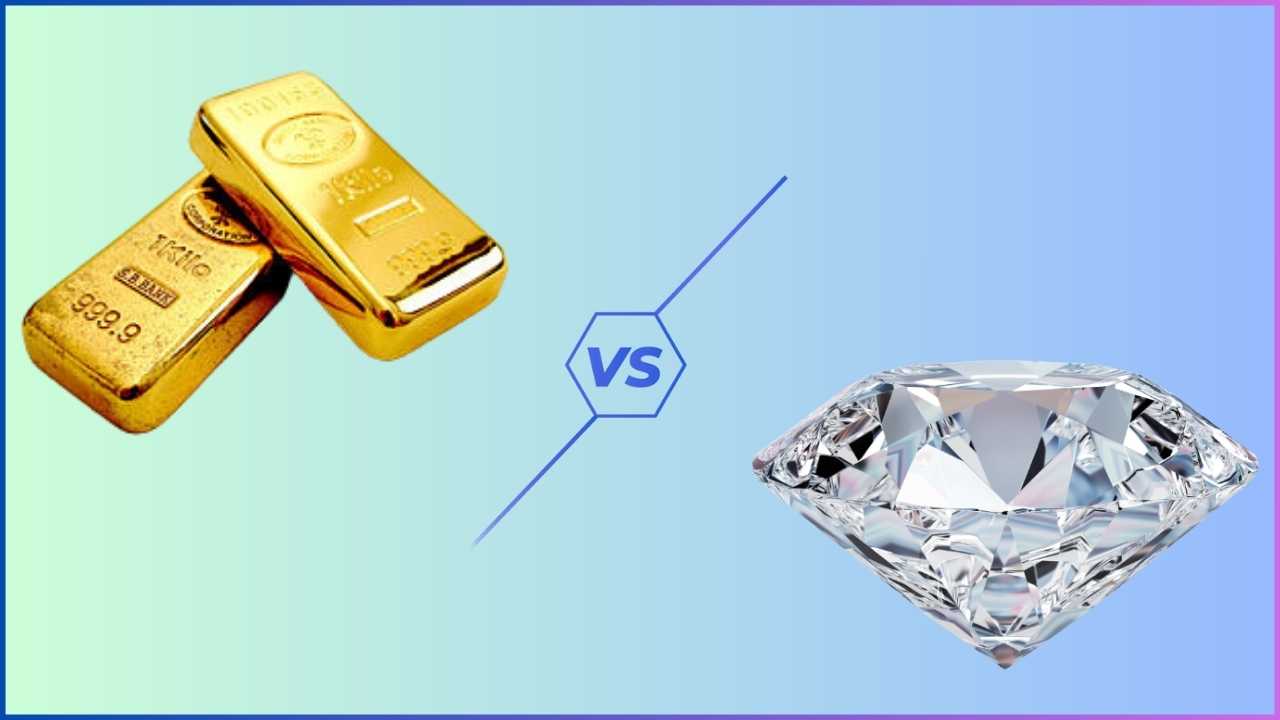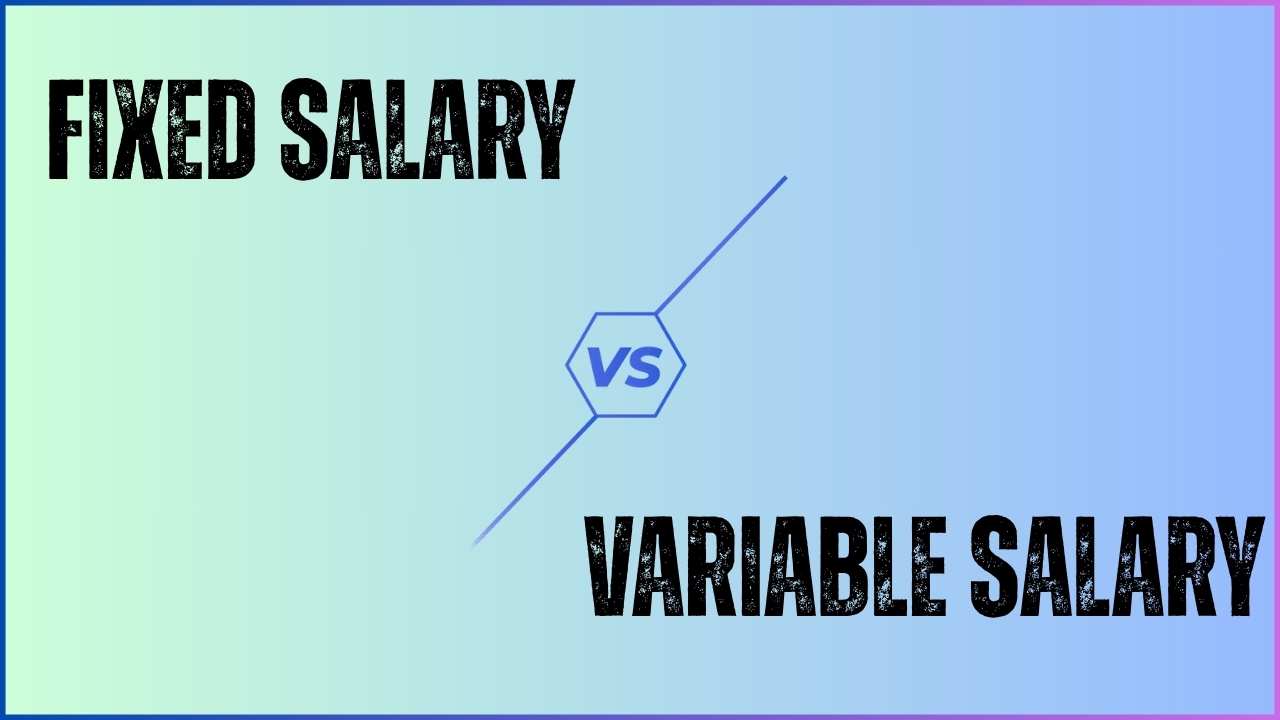You always want to make money at low risk. One favorite technique is arbitrage, buying an asset in one place and selling it somewhere else to exploit price differences. Today, we will learn a particular type of arbitrage known as reverse cash‑and‑carry. You will discover what it is, how it works, when to do it, and observe a simple example.
What Is Arbitrage?
- Arbitrage refers to the act of purchasing a security in one market and simultaneously selling it in another market where it is priced higher.
- Arbitrage is a technique that assists in equalizing prices in different markets to make them more stable and equitable.
- For example, if a share is priced at ₹100 on Exchange A but at ₹102 on Exchange B, an arbitrageur takes a long position at ₹100 and sells at ₹102, making a profit of ₹2 per share.
Reverse Cash‑and‑Carry Arbitrage Explained
A reverse cash‑and‑carry is a market‑neutral strategy. It combines two positions on the same asset:
- Short the Spot Asset
- You borrow and sell the asset today in the spot market (the market for immediate delivery).
- Long the Futures Contract
- You buy a futures contract on that asset, which promises delivery at a later date.
The goal is to lock in a risk‑free profit when the futures price is lower than the spot price—a situation known as backwardation.
When to Use Reverse Cash‑and‑Carry
- Backwardation: Futures trade at a discount to the spot price.
- Access: You can trade both the spot and futures markets.
- Borrowing Capacity: You have enough margin and can borrow the asset to short-sell it in the spot market.
- Cost Coverage: The price gap between spot and futures covers all carrying costs (transaction fees, storage, interest).
Step‑by‑Step Mechanism
- Short Sell in Spot Market
- Borrow the asset (for example, gold) and sell it at the current spot price.
- Invest the Proceeds
- Put the cash from the sale into a risk‑free vehicle (like a treasury bill) until the futures contract expires.
- Buy Futures Contract
- Enter a long position in the futures market at the lower futures price.
- Delivery and Covering
- When the futures contract matures, you take delivery of the asset.
- Use this asset to return (cover) the borrowed amount you short-sold earlier.
- Profit Calculation
- Profit = Spot Price − Futures Price − Carrying Costs
Example of Reverse Cash‑and‑Carry
- Spot Price of Gold: ₹90,000 per ounce
- Futures Price (1 month): ₹85,000 per ounce
- Carrying Costs (borrowing fees, storage): ₹2,000 per ounce
Steps
- Short-sell 1 ounce of gold today at ₹90,000.
- Invest the ₹90,000 at a safe interest rate until the futures contract expires.
- Buy 1 futures contract for delivery in one month at ₹85,000.
- At expiration, take delivery of 1 ounce of gold and return it to close your short.
Profit Profit=₹90,000 − ₹85,000 − ₹2,000 = ∗∗₹3,000∗∗\text{Profit} = ₹90{,}000 \;−\; ₹85{,}000 \;−\; ₹2{,}000 \;=\; **₹3{,}000**
Because you locked in the prices and costs ahead of time, this ₹3,000 is effectively risk‑free.
Benefits and Risks
Benefits
- Low Risk: Prices are fixed when you enter both positions.
- Market Neutral: You don’t bet on whether the market goes up or down.
Risks
- Margin Calls: Short-selling requires margin; markets can demand more collateral if prices move.
- Borrowing Costs: Higher-than-expected fees to borrow the asset cut into profits.
- Execution Risk: Delays or mismatches in timing between spot and futures trades can reduce earnings.
Conclusion
Reverse cash‑and‑carry arbitrage is an intelligent means by which traders can make money from backwardation, when futures are priced lower than spot. By selling the asset today and locking the purchase of a lower-priced futures contract, traders can guarantee a near–risk‑free gain, as long as their costs remain in check. While it may sound complex, the core idea is simple: exploit price gaps between spot and futures markets, cover your costs, and pocket the difference. Whether you trade commodities, stocks, or currencies, understanding this strategy can add a powerful tool to your trading toolkit.
Disclaimer:
The information presented in this article is for general informational purposes only. It does not constitute financial, investment, or professional advice. Commodity prices and market conditions can change rapidly; before making any investment or trading decisions, you should conduct your own due diligence and consult with a qualified financial advisor or other professional. The author and publisher assume no responsibility for losses or damages resulting from any actions taken based on the content of this post.











